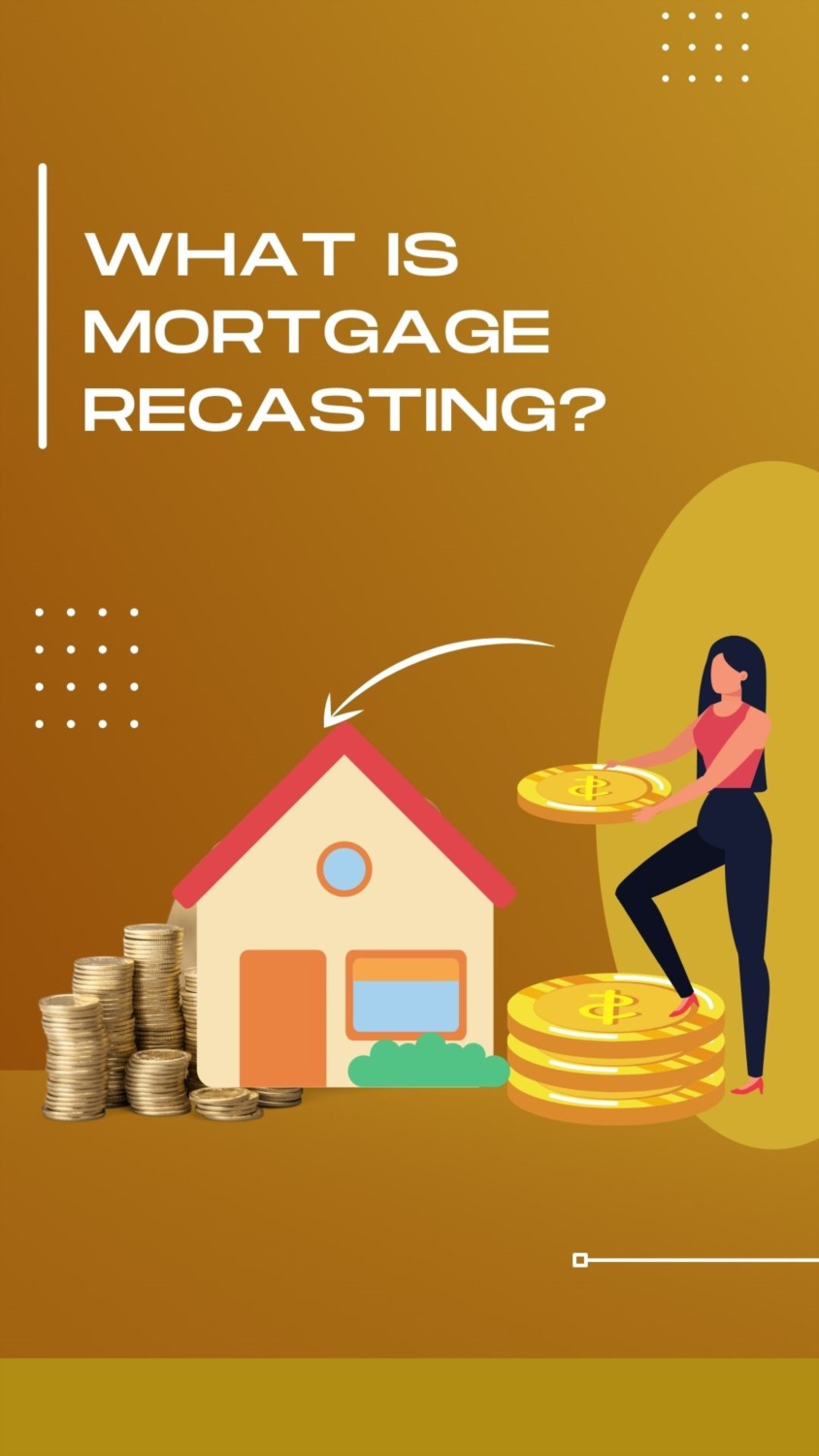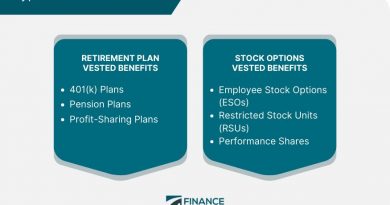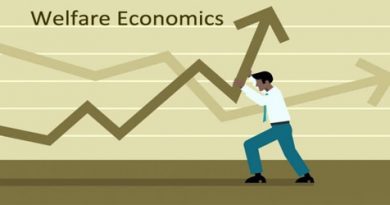Mortgage Recast Differences From a Refinance

Mortgage Recast: Differences From Refinancing
What Is a Mortgage Recast?
A mortgage recast, also called a loan recast, recalculates remaining monthly payments based on a new amortization schedule. During a recast, the borrower pays a large sum toward their principal, and their mortgage is recalculated with the new, lower balance.
Some mortgages have a scheduled recast date, when the lender calculates a new amortization schedule based on the remaining principal balance and term.
Key Takeaways
- A recast occurs when a borrower pays a large sum toward their mortgage's principal, and the lender recalculates the loan based on the new balance.
- When the lender recalculates the loan, they create a new amortization schedule showing the principal and interest that comprises each payment until the loan is paid in full.
- The main benefit of recasting a mortgage is the opportunity to reduce monthly payments.
- Negative amortization loans or option adjustable-rate mortgages (option ARM) frequently have a mortgage recast clause.
How a Mortgage Recast Works
The primary benefit of recasting a mortgage is to reduce monthly payments. A mortgage lender may simply reduce the term of a loan if extra principal payments are made, but maintain the same fixed monthly amount due by increasing the principal amount and reducing the interest portion of the payment.
Recasting can lower the amount of interest the borrower will pay over the life of the loan if a sufficiently large principal payment is made, reducing both the interest and principal remaining on the loan's new monthly payments.
Mortgage Recast vs. Refinancing
A mortgage recast can be a more comfortable option than refinancing. With a refinance, you replace your current mortgage with a new mortgage loan, which can be costly and depend on your credit standing. A mortgage recast does not involve a credit check and continues with the original mortgage.
On the other hand, refinancing a mortgage means paying off the existing loan and replacing it with a new one. Reasons why homeowners refinance include:
- To obtain a lower interest rate.
- To shorten the term of their mortgage.
- To convert from an adjustable-rate mortgage (ARM) to a fixed-rate mortgage or vice versa.
- To tap into a home's equity to finance a large purchase.
- To consolidate debt.
Unlike refinancing, recasting a mortgage will not lower the interest rate on your mortgage.
Types of Mortgages That May Be Recast
Negative Amortization Loans
Mortgage recasting can be written into the loan terms and is associated with a negative amortization loan. A negatively amortizing loan has a payment structure that allows for a scheduled payment that is less than the loan's interest charge.
When a payment is less than the interest charge, it creates deferred interest. The amount of deferred interest created is added to the principal balance of the loan, leading to increasing principal over time. Due to this increasing principal, negative amortization mortgages require a recast at some point to be paid off by the end of its term.
Negative amortization mortgages sometimes have triggers for unscheduled recasts. This may occur if the principal balance of the loan reaches a set limit through negative amortization.
Option Adjustable-Rate Mortgages (Option ARM)
Negative amortization mortgages are also known as payment option adjustable-rate mortgages (Option ARM). These mortgages give borrowers options that include paying all of the principal and interest or paying only some of the interest.
While the choices available with an option ARM allow for more payment flexibility, the borrower could easily end up with more long-term debt than before. As with other adjustable-rate mortgages (ARMs), there is the possibility of interest rates changing drastically and rapidly based on the market.
Example of a Mortgage Recast
Even if a mortgage does not have a recast option included, you can approach your lender to see if a mortgage recast will benefit you and lower your monthly payments. By paying a lump sum and recasting your mortgage, you can reduce your housing costs. By contrast, if you submit a lump sum without recasting, you lower your balance but your monthly payments will remain the same.
Let's say you have a $500,000, 30-year fixed-rate mortgage with a 4% interest rate. Your combined interest and principal payment would be around $2,400 per month.
After ten years, you receive a windfall lump sum of $375,000. If you decide to use that lump sum to pay down the mortgage without recasting it, you would continue to pay around $2,400 a month, but the length of the loan would become shorter as you are effectively paying down additional principal.
If, on the other hand, you recast the loan over the remaining 25 years, the monthly payment would go down to around $900 per month in terms of principal and interest.



